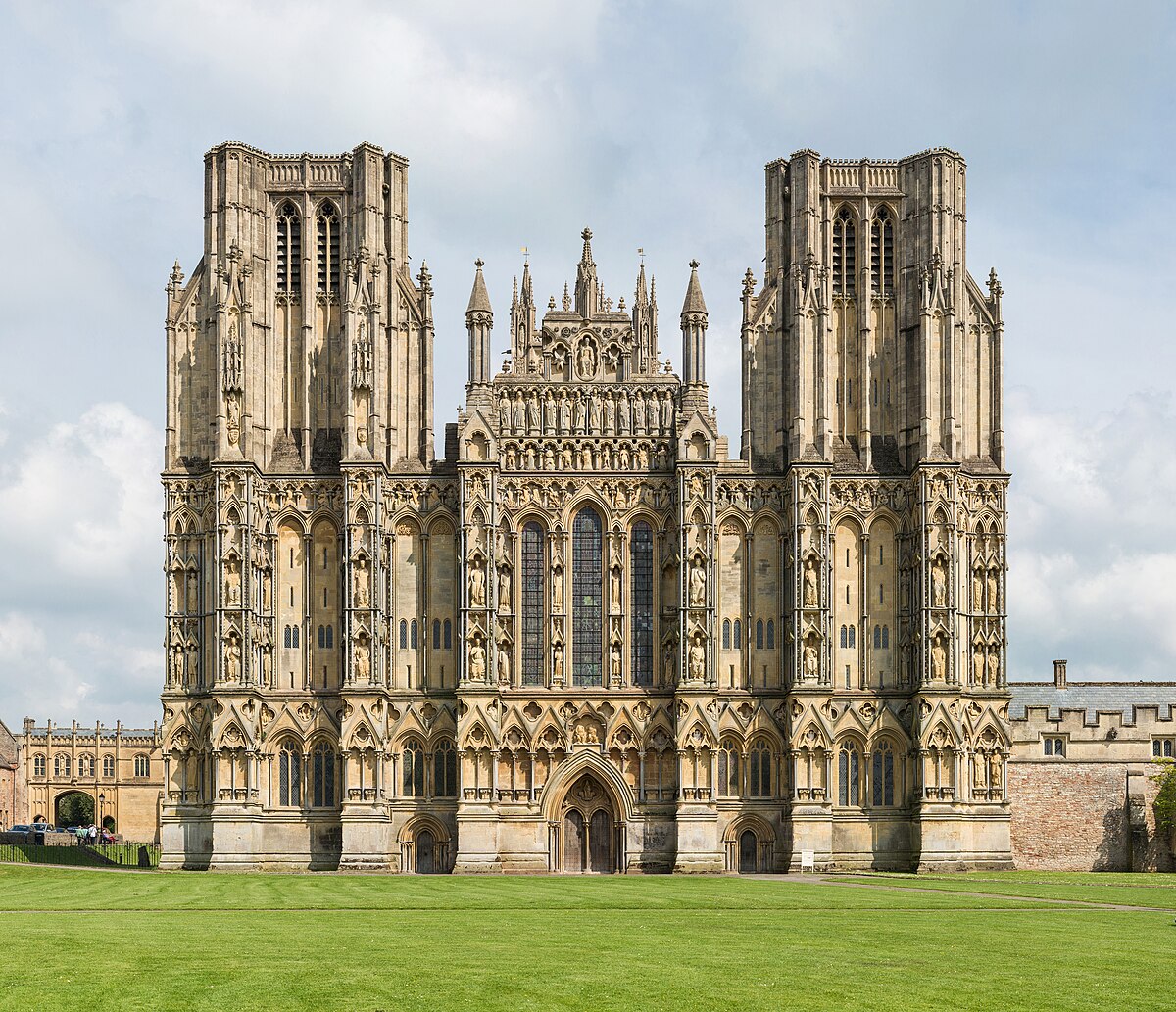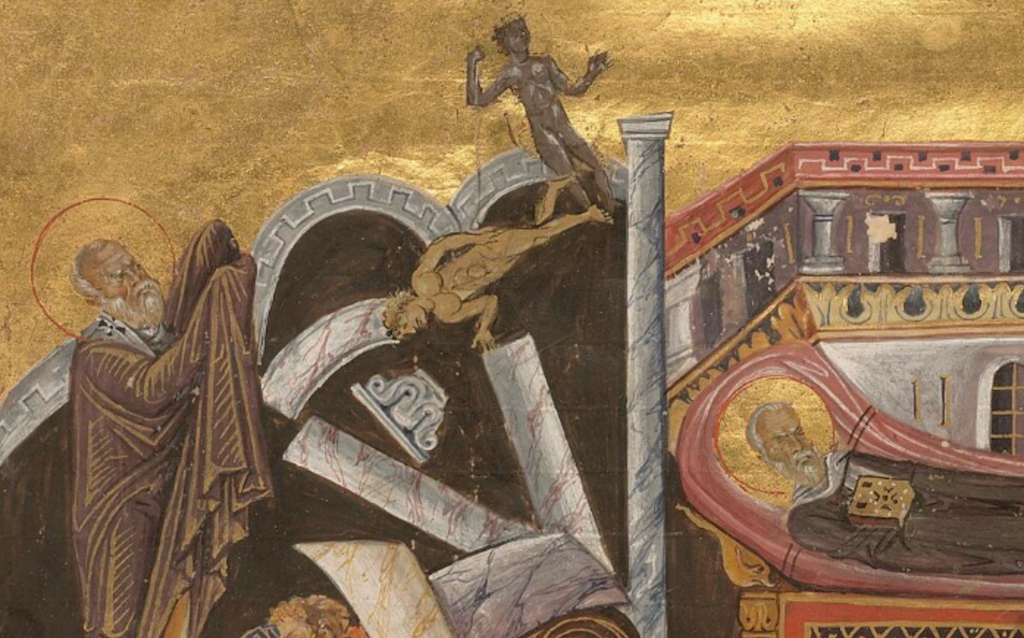Among the country people (
pagani) as
Jean Seznec observed that
euhemerist dismissal by Christian writers of pagan deities as once having been human was insufficient cause to abandon old ways: "in country districts, the chief obstacle to Christianity was offered by the tenacious survival of
anthropomorphic cults; here the problem became one of still further humanizing the divinities of springs, trees and mountains, in order to rob them of their prestige".
[11]
Samuel J. Barish found further examples of the transition from miraculous springs to baptisteries from
Gregory of Tours (died
c. 594) and
Maximus,
Bishop of
Turin (died
c. 466).
[12]
[...]
The British Isles and other areas of northern Europe that were formerly
druidic are still densely punctuated by
holy wells and holy springs that are now attributed to some local
saint. An example of the pre-Christian water spirit is the
melusina.
In
Britain and many other parts of Europe trees were also sometimes seen as sacred or the home of tree
spirits[
citation needed]. When Britain was Christianized this resulted in a change of the landscape. In some instances sacred groves were destroyed to discourage belief in tree spirits[
citation needed]. One of the most famous of these was the
Irminsul, whose ancient location is no longer known (though it may have been located at
Externsteine), was obliterated by
Charlemagne. Another major ancient holy tree was
Thor's Oak, which was deliberately desecrated and destroyed by a Christian missionary named Winfrid (later canonised as
Saint Boniface).
In Britain and the Celtic northwest of Europe, the divinities of springs were transformed into local saints who were often venerated only at the location of their "
holy well".










